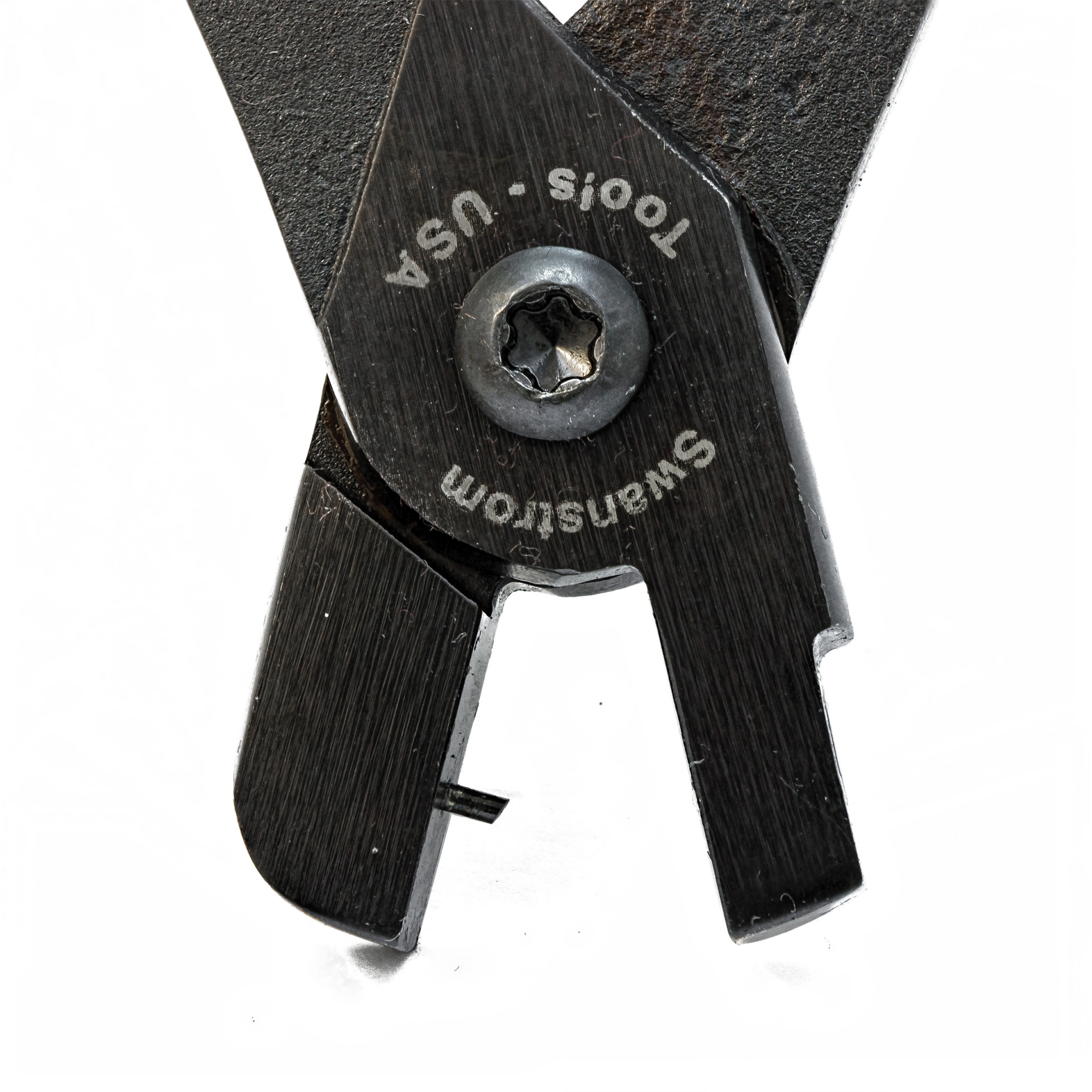Ace In the Hole
2 Minute Read
Punching your way to consistent granules
I love tools, especially with finding new uses for them. Yet, despite my obsession with tools, I've never had much interest in the hole punch. I'd seen them used to put holes in jewelry to hang elements, but it's not something I've ever done in my own work. In fact, I never had much use for a hole punch…until last summer.
I was creating a pair of earrings for a PBS Nova special using a disc-weaving technique from ancient Troy. The earrings featured 3-mm hanging discs, which I used a disc cutter to create. Needing something that could make small (less than 1 mm) but consistent sized holes in the discs that I could thread the links through, I invested in a pair of hole-punching pliers. But my use of this new tool in my arsenal then went beyond making holes in metal.
After I punched holes in the discs, I was left with a bunch of tiny discs, all the same weight and size—which is exactly what I look for when making granules. If you're familiar with granulation, you know that making consistent sized granules or balls can be just as tricky as the granulation itself. To make granules, I was taught to pull 22k wire very thin (30-32 gauge), make tiny links on a rod, cut them, and melt them on a charcoal block. Making such thin wire and links is time consuming, especially if you make your own alloy. Also, the smaller the granules desired, the tinier everything has to be, and the more aggravating it is.
Many people make random size granules and try to find a way to sort them, but for the small sizes I like to use (0.25 - 0.4 mm), I've never found a sieve or method that sorted them to my satisfaction. Larger granules can be sorted very well with a stone sieve, but the smallest available sieve size is for a 1-point diamond, which measures around 1.3 mm. If you need smaller granules, you're on your own.
Enter the hole punch.
My handheld hole punches make consistent tiny granules, all the same size and weight. Although these handy hole-punching pliers come in a variety of sizes, you can easily make do with just one pair, as it is just as easy to vary the thickness of your sheet to achieve different granule sizes.
I usually start with 30-gauge sheet as my constant and mill it thinner from there if needed. Since I always have leftover 22k sheet scrap from making bezels, there is no need to prepare materials specifically for making granules, which is a big time saver. Now when I make granules, I just grab some metal sheet, punch out as many small discs as I need, and then melt them on my charcoal block. And while I haven't tried it myself, I imagine that a hole punch could also be used for batch soldering requiring multiple pieces of solder, all the same size. I can't wait to find even more uses for this latest addition to my tool chest.
You assume all responsibility and risk for the use of the safety resources available on or through this web page. The International Gem Society LLC does not assume any liability for the materials, information and opinions provided on, or available through, this web page. No advice or information provided by this website shall create any warranty. Reliance on such advice, information or the content of this web page is solely at your own risk, including without limitation any safety guidelines, resources or precautions, or any other information related to safety that may be available on or through this web page. The International Gem Society LLC disclaims any liability for injury, death or damages resulting from the use thereof.
The All-In-One Jewelry Making Solution At Your Fingertips
When you join the Ganoksin community, you get the tools you need to take your work to the next level.
Trusted Jewelry Making Information & Techniques
Sign up to receive the latest articles, techniques, and inspirations with our free newsletter.
